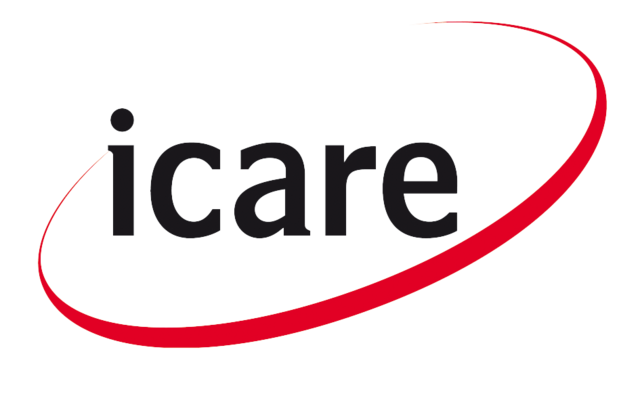
As citizens, we know artificial intelligence (AI) is present in our daily routines, even if we’re sometimes unaware of it. It’s there when we use an app to order a taxi, in the personalized music and movie recommendations offered by streaming services, and in facial recognition to unlock our phones.
And just as it has impacted our lives, it has also impacted businesses, boosting their productivity, automating processes, enabling predictive data analysis, streamlining their ability to respond to market demands and transforming leadership.
According to the 2025 AI Index Report prepared by Stanford HAI (Human-Centered Artificial Intelligence), the business sector is driving record investments and AI use has accelerated, rising from 55% in 2023 to 78% in 2024.
The report also reveals that the responsible AI ecosystem is evolving unevenly: Businesses still show a gap between risk recognition and concrete action to prevent or mitigate such risks, while governments are acting with greater urgency and working through global cooperation.
AI is a key strategic tool for boards of directors today. A solid governance framework is required for responsible development, implementation, and use, and thus to adequately manage its risks and to ensure a positive, ethical and reliable impact on the organization. Furthermore, it is essential to emphasize individual responsibility, since—despite technological advances—not everything AI generates can be blindly trusted.
Artificial intelligence is here to stay, but its proper use depends on us. I recommend the following eight key steps for building ethical, effective AI governance.
1. Defining Principles And Creating A Policy
The first thing an organization should do when incorporating AI is to define the guiding principles—such as transparency, accountability and fairness—that will serve as the ethical foundation for its development and use. A policy is then created that translates these principles into concrete guidelines, establishing the roles, responsibilities and mechanisms necessary for their proper enforcement.
2. Ethical Leadership
New technologies like AI are not only transforming processes but also redefining leadership. Today, leaders are expected to take an active, responsible role, promoting the ethical adoption of AI, understanding its risks and opportunities, and integrating it into sound technological governance. Boards of directors play a key part by incorporating AI into the core of corporate strategy, ensuring that its use is aligned with the organization’s values.
3. Identifying And Managing Risks
Creating a risk matrix is essential for managing the threats identified in the development, implementation and use of AI and other technologies. This matrix should estimate each identified risk’s impact, criticality and probability. On this basis, preventive measures and mitigation mechanisms should be established, along with periodic assessments to ensure effective and up-to-date management of new threats.
4. Ensuring Transparency And Traceability
Making every step of the process visible, from AI development to its use, is not optional. Transparency strengthens trust and facilitates accountability because it allows us to understand how systems work, what criteria go into making decisions and what data is used. Also, traceability allows us to detect errors or biases and maintain ethical standards over time.
5. Data Governance And Cybersecurity
Effective technology governance requires establishing clear data management policies that address quality, security, privacy, regulatory compliance and responsible information use. This should be complemented by solid cybersecurity guidelines, including a risk matrix, robust protocols, periodic assessments, ongoing training and a comprehensive incident response plan. Proper data and information management throughout the entire life cycle, as well as protection against cyber threats, must be corporate governance priorities.
6. Organizational Culture
Every company that operates in accordance with its values and purpose should promote an ethical culture regarding technology. This is not an isolated issue concerning a specific area, but rather an overarching commitment, in which everyone takes part. To achieve this, training technical teams and leaders in responsible and ethical technology use is key.
7. Continuous Monitoring
Simply implementing policies and controls is not enough. Governance is only effective when it is constantly monitored to understand how it’s functioning, how it impacts the organization and its stakeholders, and whether it adapts to new needs and requirements. For the same reason, it is essential to audit, monitor and adjust the performance of AI models. At the same time, policies should not be set in stone; on the contrary, they should be reviewed and updated based on shifts in technology and regulation.
8. Regulatory Compliance
AI is advancing faster than the regulations, and challenges are increasing. One of them is the diversity of regulatory frameworks across countries and regions. Companies operating globally must guarantee compliance across multiple jurisdictions.
But companies shouldn’t wait. Self-regulation is key to anticipating reputational risks. Incorporating new technologies like artificial intelligence involves much more than seeking corporate profits or ensuring responsible use. It’s essential to ensure that ethics are integrated throughout the entire life cycle.
**
To achieve this, the answer is effective governance, where corporate principles prevail, mechanisms are established to prevent potential negative impacts and associated risks are proactively managed. In short, companies guided by strategic leadership will be able to stay relevant and successfully confront rapid technological evolution.
Por Susana Sierra
Publicada en Forbes










